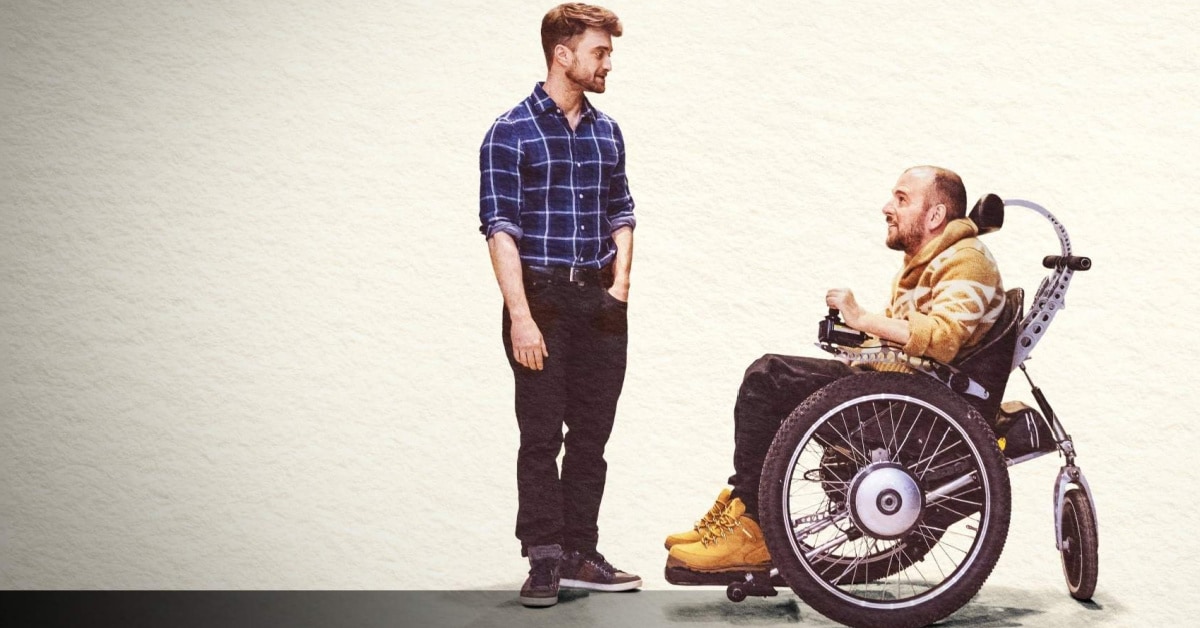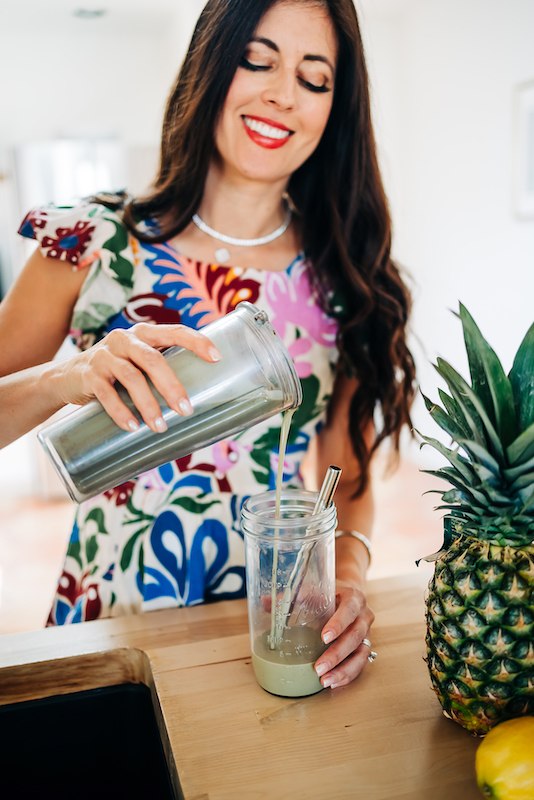
Whether you just finished a running workout or your favorite group exercise class, you are probably suffering from some muscle pain. Ready to move towards muscle bliss? Foam rolling is like a self-massage and is your secret weapon for muscle recovery. In this comprehensive guide, we’ll explore everything from basic to advanced foam rolling. By the end, you’ll be a foam rolling pro and say goodbye to tension, soreness, and muscle soreness. So, let’s move on!
Benefits Galore: Why Foam Roll?
First things first: why should you care about foam rolling? Well, it’s like a reset button for your muscles. When you exercise, those muscles tense and that’s where the dreaded pain appears. But with the power of the foam roller, you can:
- Banish muscle pain: Those post-workout pains? They have no chance against the use of foam.
- Release muscle tension: Say goodbye to those tight knots and stitches.
- Boost muscle recovery: Get back in the game faster by helping your muscles recover.
- Improve flexibility: Become a yoga master in no time with relaxed muscles.
The truth of the technique: suitable foam roller
Before we dive into the nitty-gritty of foam rolling, remember this golden rule: technique is everything! Using a foam roller incorrectly is like trying to drive with the handbrake on. It’s not fun and it’s definitely not effective.
Understanding foam rolling
A foam roller is essentially a cylinder made of foam (who would have thought, right?). There are various sizes and materials to choose from, each of which suits different needs. These humble tools work their magic by targeting connective tissue and muscle fibers, breaking up knots, and promoting blood flow. It is a simple trick to relieve late-onset muscle pain.
Choosing the right foam roller
So you’re in the store, surrounded by foam rollers of all shapes and sizes. Which one do you choose? Well, it depends on your needs. Here are some things to consider:
- Size Matters: The larger rollers are ideal for beginners, while the smaller ones offer precision for tight spaces.
- Material Options: Foam rollers come in various densities. The softer foam is gentle, while the firmer rollers provide a deeper massage.
A vibrating foam roller is another foam roller option that can provide an additional level of muscle relaxation and tension relief due to its ability to generate targeted vibrations that further improve blood flow and muscle relaxation. It is an excellent option for those seeking deeper relief and recovery.
Foam Laminating Techniques – Let’s Get Rolling!
Now, the fun part! Let’s go over some important muscle groups. Think of it as a spa day for your muscles.
Legs:
- Quadriceps: Start by rolling your right quadriceps from your hip to your knee, stopping at tender points.
- Hamstrings: Roll from your glutes to your knees and feel the tension melt away.
- Calves: Control those calves by rolling the length of your calf muscle, from your ankle to your knee.
Back:
- Upper back: Lie on your back, place the roller under your shoulders and roll it up and down.
- Lower back: Carefully roll from your hips to the bottom of your ribcage.
Back:
- Shoulder blades: Lie on your back with the roller under your upper back. Roll from your spine to your shoulder blades.
- Dorsal: Roll along the sides of your upper body.
Hips:
- Hip flexor: Place the roller under your right hip flexor and roll from your hip to your knee.
Remember to go slow, breathe deeply, and focus on the areas that need a little more love.
Common mistakes to avoid
Now, let’s address those common mistakes. These are the pitfalls you’ll want to avoid on your foam rolling journey:
- Rolling too fast: Slow and steady wins the race. Rushing leads to ineffective bearing.
- Too much pressure: Don’t be too aggressive! Pain is not the goal here.
- Neglecting breathing: Deep breaths help your muscles relax. Don’t hold your breath!
- Rolling on the joints: Avoid rolling directly on the joints; It’s about the muscles.
Remember, your muscles are like fine wine: give them the time and attention they deserve.
Advanced Foam Roller – For Professionals
For our advanced players, let’s level up:
- Foam roller for added flexibility: Focus on slower, more controlled movements to increase your range of motion. Try experimenting with different angles and swing positions, which will allow you to target those difficult and difficult spots with precision.
- Magic of mobility: Incorporates dynamic movements while rolling to improve mobility. For hamstrings, you can flex and extend your knee while rolling on the foam roller. This movement mimics the natural function of the muscle and helps release tension more effectively.
Now you’re rolling in style!
Foam Roller for Pain Relief
Do you have muscle pain that won’t stop? Foam roller to the rescue! Try these specific routines:
- Knee Pain Relief: Twist your quads, hamstrings, and calves to relieve knee pain.
- Shoulder tension: Pay special attention to your upper back and lats to relieve your shoulders.
Your muscles will thank you later!
Foam roller for recovery
After training, your muscles need some love. Here’s a quick recovery routine:
- Full body roll: Go over all major muscle groups, giving more attention to tight or sore muscles.
- Static stretching: Continue with static cool-down stretches for each muscle group.
This combination will speed up your post-workout recovery and make you feel like a champion after every workout.
Foam Roller Versus Massage Stick: The Showdown
While foam rollers are awesome, massage sticks are also in the game. So when should you use one over the other? Simple:
- Foam roller: Best for larger muscle groups and a wider massage area.
- Massage stick: Ideal for precisely targeting smaller muscles and trigger points.
FAQ – Common Questions People Also Ask
Still have questions? Don’t worry; You’re not alone! Here are some common queries:
- When should I use the foam roller before or after exercising? Do it before and after for best results.
- How often should I foam roll? Aim for 5 to 10 minutes a day or after workouts.
- Is foam rolling painful? It may be a little uncomfortable, but it shouldn’t be painful.
- Can foam rolling reduce muscle soreness? Absolutely! It is a great way to help sore muscles recover.
Ready, set, roll
With this comprehensive guide, you’ll have the knowledge you need to use a foam roller like a pro. Whether you’re chasing fitness goals, battling muscle tension, or just want to treat yourself, the foam roller has your back, literally and figuratively. So be sure to add time for foam rolling the next time you create a training plan! Luckily, some gyms, like Chuze Gym, have foam rolling tools in your locations so you can roll comfortably after your workout. Visit your local Chuze Fitness and start eliminating that muscle soreness.
Reviewed by:
Ani is the Vice President of Fitness at Chuze Fitness and oversees the Group Fitness and Team Training departments. She has had over 25 years of career in club management, personal training, group exercise and instructor training. Ani lives with her husband and her son in San Diego, CA and loves hot yoga, snowboarding, and all things wellness.






